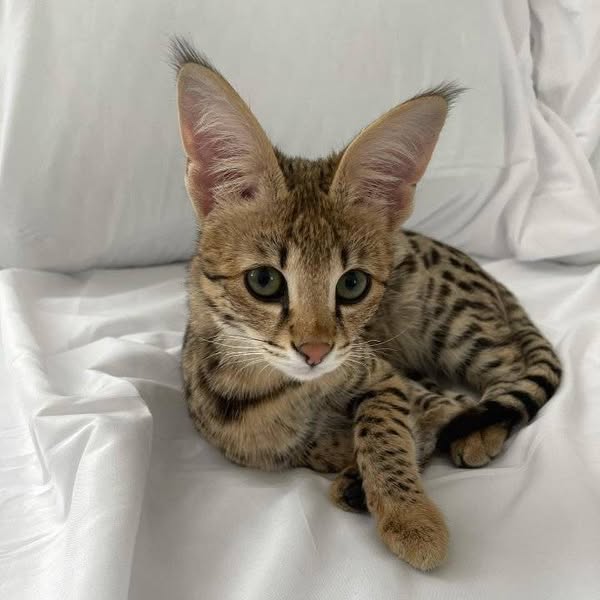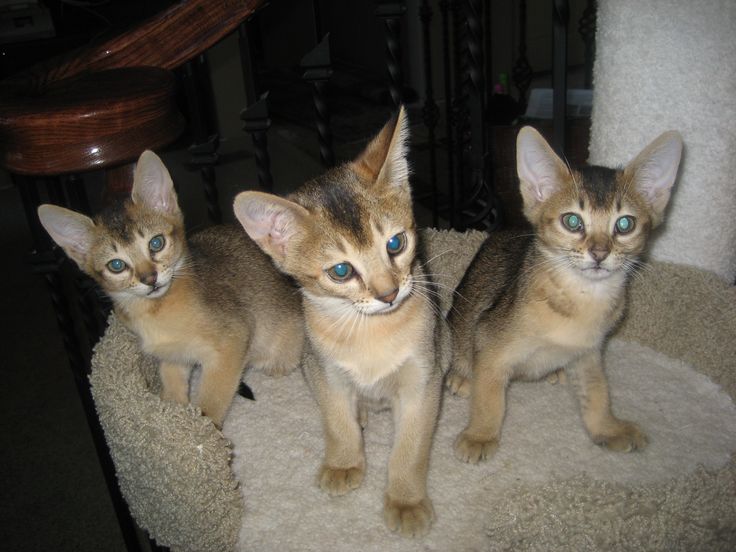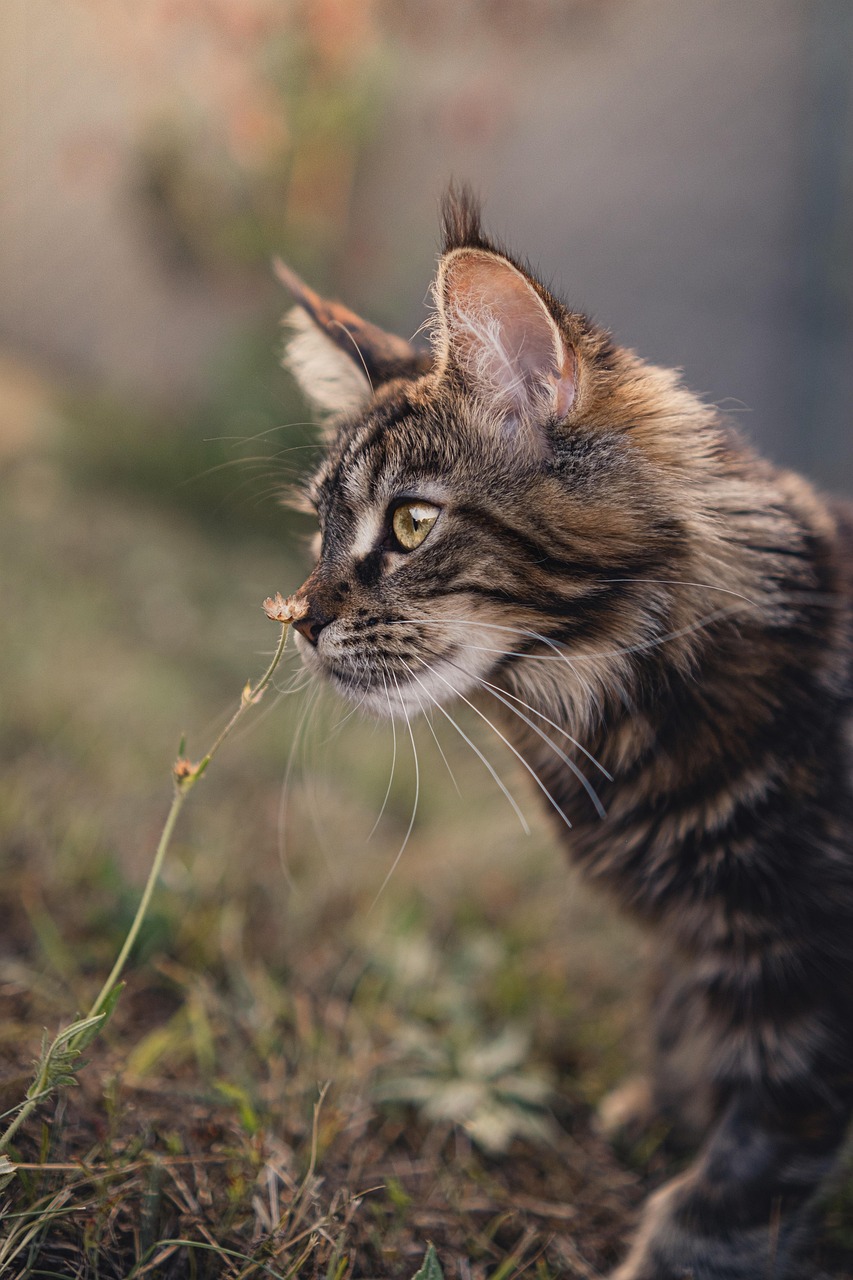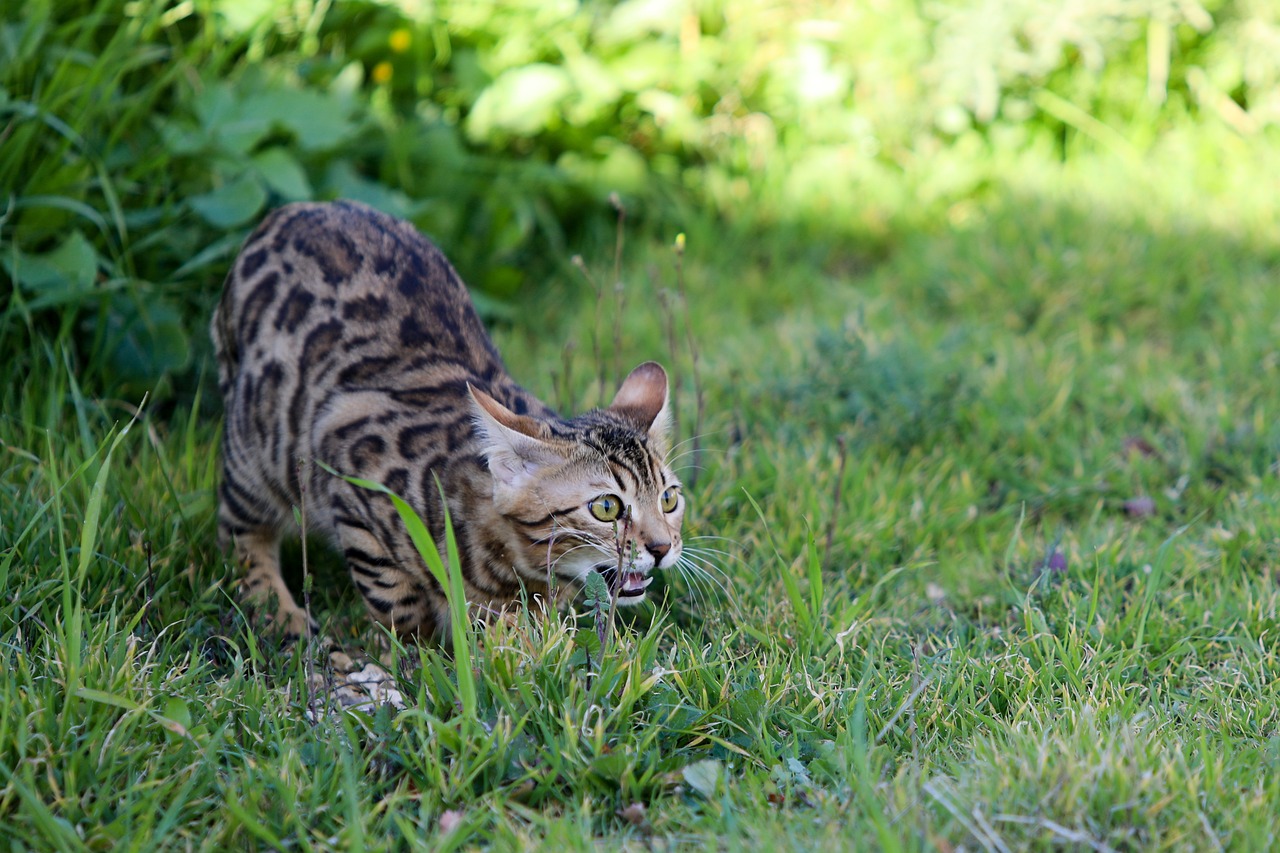Cats are often seen as the epitome of grace, independence, and charm. From their playful antics to their soothing purrs, they’ve earned their place as one of the most beloved pets worldwide. But did you know that not all cats are created equal? While most domestic cats are harmless and affectionate, some breeds possess traits that can make them more dangerous than others. Whether it’s their wild ancestry, strong predatory instincts, or sheer size, certain cat breeds demand respect and caution.
In this article, we’ll explore the world of dangerous cat breeds, uncovering what makes them unique, why they might pose a risk, and how to handle them responsibly. Are these feline friends truly dangerous, or is it all a matter of perception? Let’s dive in and find out!
What Makes a Cat Breed Dangerous?
Before we delve into specific breeds, it’s important to understand what factors contribute to a cat being labeled as “dangerous.” Here are some key elements:
- Wild Ancestry: Some cat breeds have close ties to wild cats, which can make them more unpredictable and aggressive.
- Size and Strength: Larger cats with powerful builds can cause more harm if they decide to attack.
- Temperament: Breeds with a naturally high prey drive or territorial instincts may be more prone to aggressive behavior.
- Lack of Socialization: Cats that aren’t properly socialized from a young age may exhibit fear-based aggression.
Now that we’ve established the criteria, let’s take a closer look at some of the most dangerous cat breeds.
The Top Dangerous Cat Breeds
1. Savannah Cat

The Savannah cat is a stunning hybrid breed, created by crossing a domestic cat with a serval, a wild African cat. Known for their exotic appearance and dog-like personalities, Savannah cats are highly intelligent and active. However, their wild ancestry can make them unpredictable.
Why Are They Dangerous?
- High Energy Levels: Savannah cats require a lot of mental and physical stimulation. Without proper outlets, they may become destructive or aggressive.
- Strong Prey Drive: Their hunting instincts are strong, which can lead to aggressive behavior toward smaller pets or even humans.
- Size: Savannah cats are one of the largest domestic cat breeds, with some individuals weighing up to 25 pounds. Their size alone can make them intimidating.
Handling Tips:
- Provide plenty of interactive toys and climbing structures.
- Socialize them early to reduce aggressive tendencies.
- Avoid keeping them in homes with small children or other small pets.
2. Chausie

The Chausie is another hybrid breed, this time a mix of a domestic cat and a jungle cat. These cats are known for their athleticism and love of adventure.
Why Are They Dangerous?
- Wild Instincts: Their jungle cat heritage means they have a strong prey drive and may not always respond well to domestication.
- High Intelligence: Chausies are incredibly smart and can become bored easily, leading to destructive behavior.
- Territorial Nature: They can be fiercely protective of their space, which may result in aggression toward strangers or other animals.
Handling Tips:
- Keep them mentally stimulated with puzzle toys and training exercises.
- Ensure they have plenty of space to roam and explore.
- Introduce new people or pets slowly and carefully.
3. Maine Coon

The Maine Coon is often referred to as the “gentle giant” of the cat world, but don’t let their friendly reputation fool you entirely. While they are generally good-natured, their size and strength can make them dangerous in certain situations.
Why Are They Dangerous?
- Size: Maine Coons are one of the largest domestic cat breeds, with some males weighing over 20 pounds.
- Playful Nature: Their playful behavior can sometimes be too rough, especially for small children or elderly individuals.
- Territorial Behavior: Like many cats, Maine Coons can become territorial, leading to aggression if they feel threatened.
Handling Tips:
- Supervise interactions with young children to prevent accidental scratches or bites.
- Provide sturdy toys that can withstand their strength.
- Socialize them early to ensure they remain friendly and well-adjusted.
4. Bengal Cat

Bengal cats are famous for their striking leopard-like coats and energetic personalities. While they are incredibly beautiful, their wild ancestry (from the Asian leopard cat) can make them a handful.
Why Are They Dangerous?
- High Energy Levels: Bengals are extremely active and require a lot of stimulation. Without it, they may become destructive or aggressive.
- Strong Prey Drive: Their hunting instincts are strong, which can lead to aggressive behavior toward smaller animals.
- Curiosity: Bengals are known for getting into everything, which can sometimes lead to dangerous situations.
Handling Tips:
- Provide plenty of toys and climbing structures to keep them entertained.
- Avoid leaving them alone with small pets.
- Train them early to curb any aggressive tendencies.
5. Siamese Cat
Siamese cats are beloved for their striking blue eyes and vocal personalities. However, their strong-willed nature can sometimes make them difficult to handle.
Why Are They Dangerous?
- Temperament: Siamese cats are known for being highly opinionated and can become aggressive if they don’t get their way.
- Vocalization: Their loud meows can be intimidating, and they may lash out if they feel ignored.
- Jealousy: Siamese cats can become jealous of other pets or even humans, leading to aggressive behavior.
Handling Tips:
- Give them plenty of attention and affection to keep them happy.
- Avoid introducing new pets without proper preparation.
- Train them to channel their energy into positive behaviors.
Are Dangerous Cat Breeds Really Dangerous?
It’s important to note that labeling a cat breed as “dangerous” doesn’t mean they are inherently bad or unmanageable. Many of these breeds are loving and loyal companions when raised in the right environment. The key lies in understanding their unique needs and providing proper care, training, and socialization.
How to Safely Own a Dangerous Cat Breed
If you’re considering bringing home one of these breeds, here are some tips to ensure a safe and harmonious relationship:
- Do Your Research: Understand the specific needs and temperament of the breed you’re interested in.
- Socialize Early: Expose your cat to different people, animals, and environments from a young age.
- Provide Enrichment: Keep your cat mentally and physically stimulated with toys, puzzles, and climbing structures.
- Set Boundaries: Establish clear rules and boundaries to prevent aggressive behavior.
- Seek Professional Help: If you’re struggling with your cat’s behavior, consult a veterinarian or animal behaviorist.